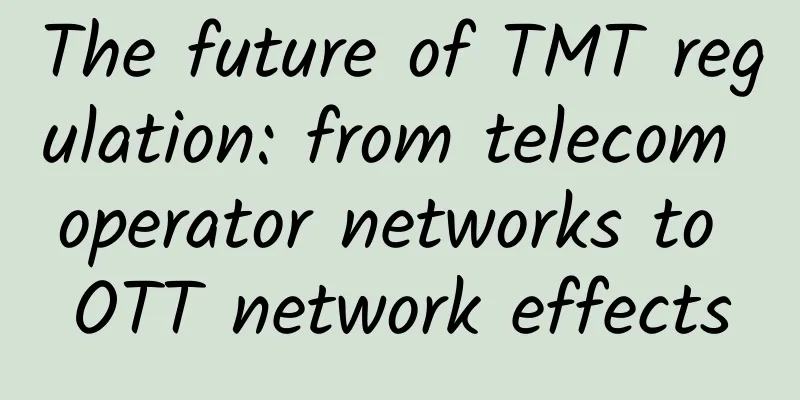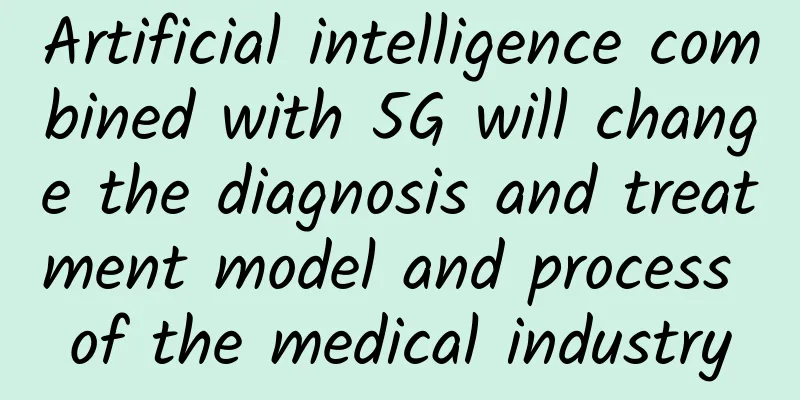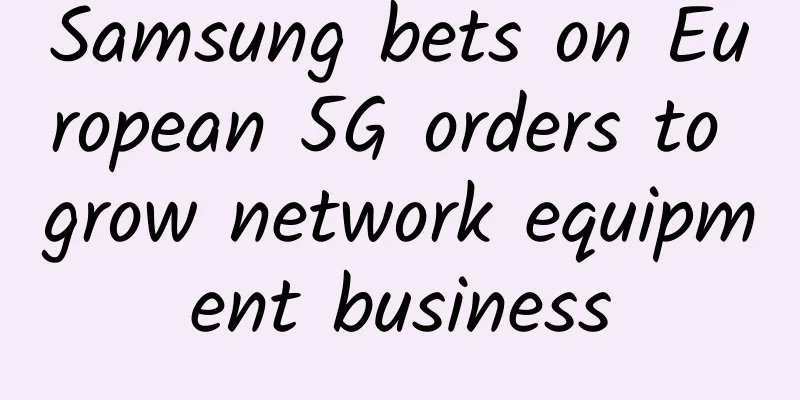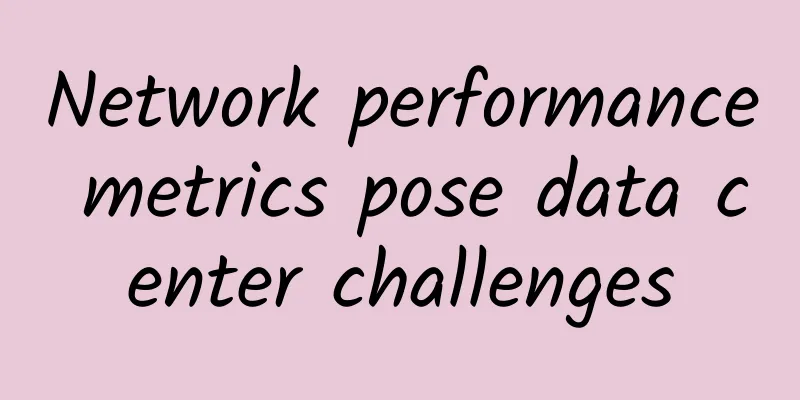Why do we need RPC when we have HTTP?
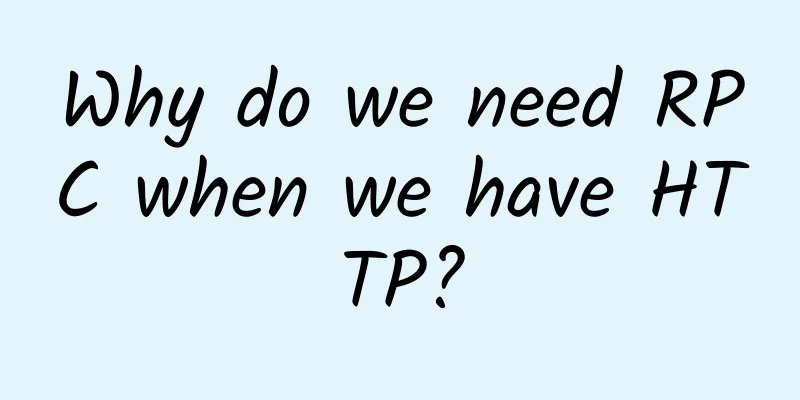
|
This article briefly introduces the two forms of C/S architecture. First, let's talk about their most essential difference. RPC is mainly based on TCP/IP protocol, while HTTP service is mainly based on HTTP protocol. We all know that HTTP protocol is based on the transport layer protocol TCP, so in terms of efficiency, RPC is of course better! Let's talk about RPC service and HTTP service in detail. OSI network seven-layer modelBefore talking about the difference between RPC and HTTP, I think it is necessary to understand the seven-layer network structure model of OSI (although in actual applications it is basically five layers), which can be divided into the following layers: (from top to bottom)
In actual application, there is no presentation layer and session layer in the five-layer protocol structure. It should be said that they are merged with the application layer. We should focus on the application layer and the transport layer. Because HTTP is an application layer protocol, and TCP is a transport layer protocol. Well, after knowing the layered model of the network, we can better understand why RPC service is nicer than HTTP service! RPC ServiceThis paper introduces RPC services from three perspectives: RPC architecture, synchronous and asynchronous calls, and popular RPC frameworks. RPC ArchitectureLet's talk about the basic architecture of the RPC service first. Allow me to shamelessly steal a picture. We can clearly see that a complete RPC architecture contains four core components, namely Client, Server, Client Stub and Server Stub. Stub can be understood as a stub. Let's talk about these components separately:
The client stub stores the server's address information, packages the client's request parameters into a network message, and then sends it remotely to the service provider through the network. The server stub receives messages sent by the client, unpacks the messages, and calls local methods. RPC is mainly used in large enterprises, because there are many systems in large enterprises, the business lines are complex, and efficiency is very important. At this time, the advantages of RPC are more obvious. This is how it is done in actual development, and projects are generally managed using Maven. For example, if we have a system service for processing orders, we first declare all its interfaces (here specifically refers to the interface in Java), then package the entire project into a jar package, introduce this second-party library on the server side, and then implement the corresponding functions. The client side also only needs to introduce this second-party library to call it. Why do this? Mainly to reduce the size of the jar package on the client side, because every time you package and publish, too many jar packages will always affect efficiency. In addition, it is also to decouple the client and the server to improve the portability of the code. Synchronous and asynchronous callsWhat is a synchronous call? What is an asynchronous call? A synchronous call is when the client waits for the call to complete and return a result. An asynchronous call is when the client does not wait for the call to complete and return a result, but can still receive notification of the return result through a callback function. If the client does not care about the result, it can become a one-way call. This process is somewhat similar to the callable and runnable interfaces in Java. When we perform asynchronous execution, if we need to know the result of the execution, we can use the callable interface, and we can get the result information of the asynchronous execution through the Future class. If we don't care about the result of the execution, we can directly use the runnable interface, because it does not return the result. Of course, callable is also possible, and we don't need to get Future. Popular RPC FrameworksThere are many popular open source RPC frameworks. Here are three of them:
HTTP ServicesIn fact, a long time ago, I have always defined the enterprise development model as HTTP interface development, which is what we often call RESTful style service interface. Indeed, it is a communication method often used to solve the problem of information islands in the early stage when there are not many interfaces and few interactions between systems; its advantages are simplicity, directness and easy development. Use the existing http protocol for transmission. We remember that when we were doing background development in the company during our undergraduate internship, we mainly developed interfaces and wrote a large interface document to strictly indicate what the input and output are? We also explained the request method of each interface and the matters that need to be paid attention to in the request parameters. For example, the following example: POST http://www.httpexample.com/restful/buyer/info/shar The interface may return a JSON string or an XML document, and the client will then process the returned information, allowing for faster development. However, for large enterprises with many internal subsystems and interfaces, the advantages of the RPC framework become apparent. The first is long links, which eliminates the need for three handshakes like HTTP for every communication, thus reducing network overhead. Secondly, the RPC framework generally has a registration center with rich monitoring management. Publishing, offline interfaces, dynamic expansion, etc. are all seamless and unified operations for the caller. SummarizeThere are still many differences between RPC services and HTTP services. Generally speaking, RPC services are mainly aimed at large enterprises, while HTTP services are mainly aimed at small enterprises, because RPC is more efficient and HTTP service development iterations are faster. In short, the choice of framework is not determined by what is popular in the market, but by a complete evaluation of the entire project, so as to carefully compare the impact of the two development frameworks on the entire project, and finally decide which is the most suitable for the project. You must not use RPC for every project just for the sake of using RPC, but should adapt to local conditions and analyze specific situations. |
<<: Why ordinary users don’t feel the 3rd anniversary of 5G license issuance
>>: Talk about the communication protocol I2C subsystem Hs Mode
Recommend
Haha! TCP leaks operating system information...
[[414423]] Hello everyone, I am Xuanyuan. A few d...
Tragicservers: $7/year OpenVZ-128MB/10GB/500GB/Los Angeles
It has been more than a year since I shared the n...
In 2025, what directions in the communications industry are worth paying attention to?
Time flies, and in the blink of an eye, 2024 is o...
Differentiate switches based on network coverage
As the number of switches increases, there are ma...
Why does 5G require huge investment, but the final experience feels not much different from 4G?
Many people say that the reason why 5G is not ver...
How 5G will benefit the Internet of Things
In this article, we want to turn our attention to...
Unexpectedly, China Unicom is the biggest loser in number portability
It is said that China Mobile has announced that t...
Huawei releases SoftCOM white paper on autonomous driving telecommunications network intelligence
[Shenzhen, China, April 17, 2019] Today, during t...
HostVDS: $0.99/month - 1GB/10GB/50M-200M bandwidth/Russia & Dallas data centers
HostVDS has been established for some time. The m...
How 5G and IoT will revolutionize the world
Imagine a world where we can download a movie in ...
SaltyfishTech Germany 9929 package free upgrade, 15% off for quarterly payment, $19/quarter-dual core/1GB/15GB/1.15TB@300Mbps
SaltyfishTech (咸鱼云) recently upgraded the Frankfu...
Musk's satellite internet project may become an unfinished project. Has the US government and military been deceived by him?
Elon Musk, founder of the commercial rocket compa...
A quick overview of 5G industry developments in April 2021
Since April 2021, my country's 5G development...
A big comparison of 5G packages among the three major operators: China Telecom is the most cost-effective, but I still don’t recommend it
5G has been commercialized for a long time, and m...
Expert: It’s time to promote 5G application innovation
Wang Zhiqin, deputy director of the China Academy...
